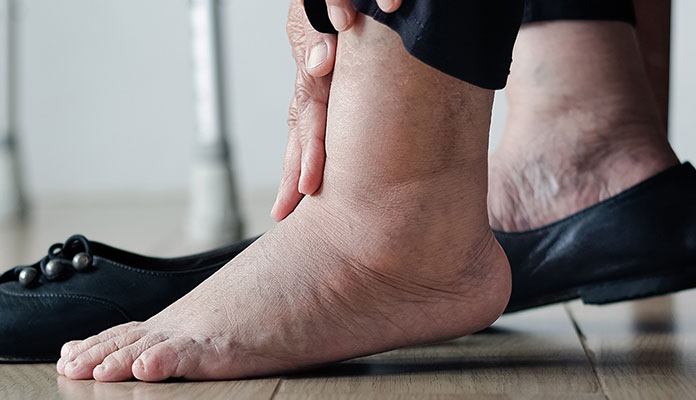Spinal stenosis is a condition in which the area around the spinal cord is narrowed, which puts more pressure on nerve roots. Osteoarthritis is the main cause of this health issue. When cartilage gradually wears away, different bones will rub against each other. This leads to the growth of bone spurs which can intrude into the space of your spinal cord. Some other risk factors include thickened ligaments, herniated disks, or Paget’s disease. Keep in mind that spinal stenosis often occurs in those who are over 60 years old. Read on to learn the top 7 possible treatments for this disease.
Steroid Injection
Due to the effects of spinal stenosis, the nerve roots might be swollen and irritated at the areas where they are pressed. While a steroid injection in these spots cannot cure the condition, it could help alleviate the inflammation and lower the intensity of your pain. However, this option is not suitable for everyone due to some possible health effects. Also, repeated injections of corticosteroids would weaken connective tissue and bones over time. That’s why you should do this several times per year.
Before starting, your doctor will pinch around the spine to locate the most suitable area for injection. The whole process only takes a few minutes. It can be done in the office of your healthcare provider to get temporary relief in some severe cases. [1]










